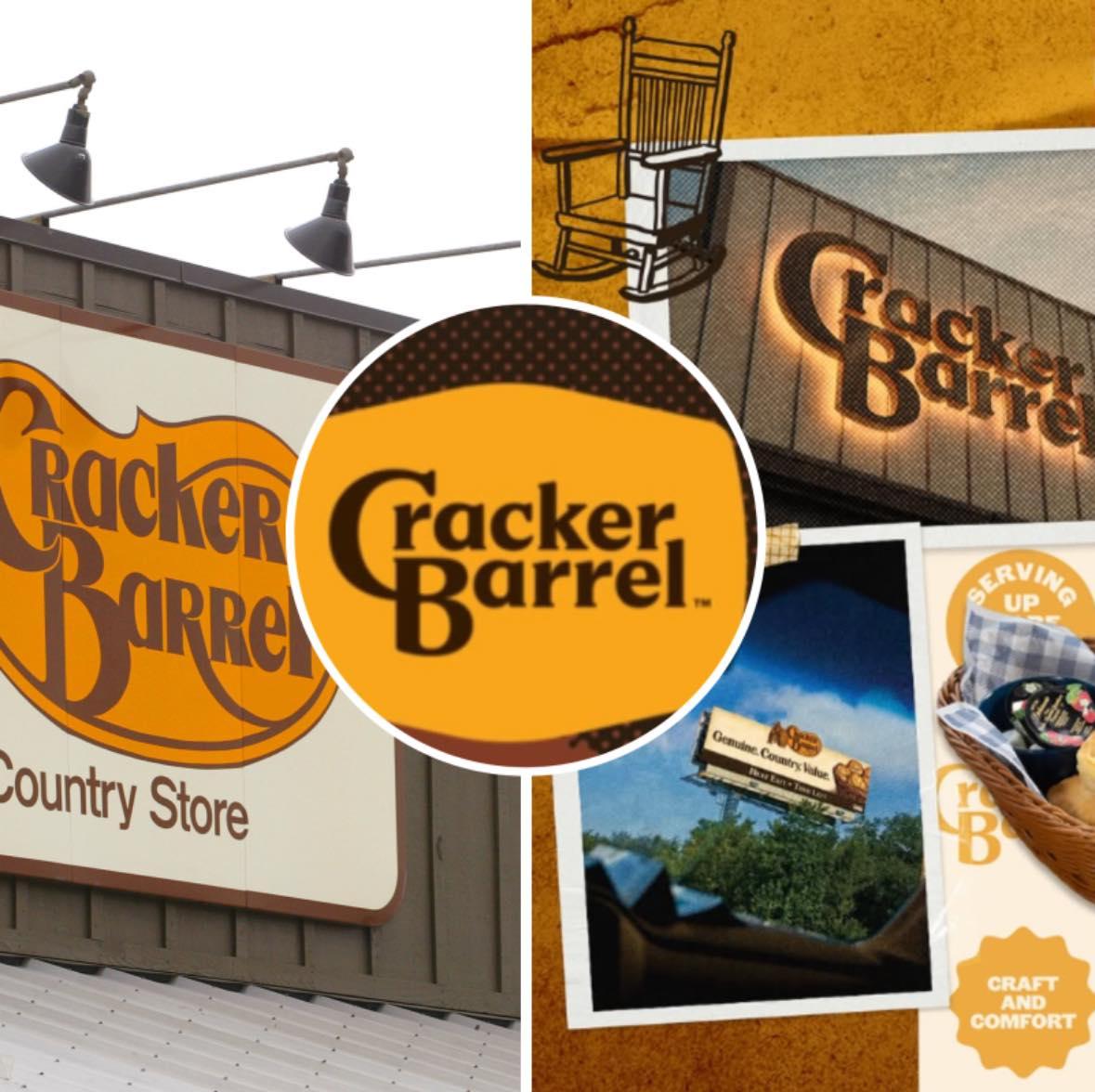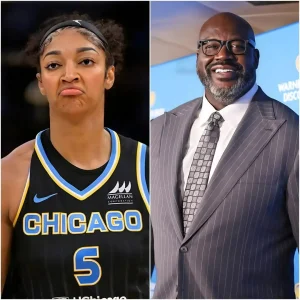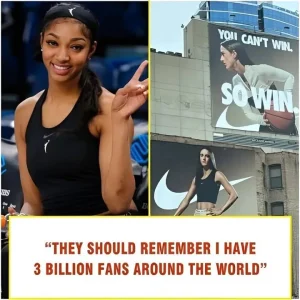The story began with numbers on a screen, not with words. Cracker Barrel Old Country Store, a fixture of Southern roadside Americana, lost more than seven percent of its market value in a single trading day. Roughly one hundred million dollars in shareholder value vanished almost overnight, triggered by the unveiling of a new logo and compounded by what may have been just a single remark from its chief executive. In an era when brands live or die by perception as much as product, it was enough to send investors, customers, and critics into a frenzy.
The immediate facts are undisputed. On August 25, Cracker Barrel shares tumbled as investors reacted to the company’s sweeping $700 million modernization plan, which included its first logo redesign since 1977. Gone was the mustachioed figure leaning on a wooden barrel, replaced with a minimalist wordmark that executives insisted would carry the chain into a new era. But what followed was not the smooth transition marketers envisioned. Instead, it was the kind of backlash that has haunted other corporations attempting to refresh their image without anticipating the emotional weight of nostalgia.

Julie Felss Masino, the company’s relatively new CEO, attempted to calm markets and critics in an interview with Fox Business. Her public line was simple: this was only “a vocal minority” making noise, while the overwhelming majority of customers remained supportive. Yet behind closed doors, according to one account circulating online, her language was sharper. “Don’t pay attention to the old guard,” she allegedly quipped in a meeting with investors, dismissing the demographic most outraged by the new branding. Whether the phrase was ever uttered or not, a short audio clip purporting to capture the moment spread rapidly across social media, and that alone was enough to intensify the storm.
The reaction was immediate and polarizing. On TikTok, videos comparing the new logo to gas station signage drew millions of views. On X, formerly Twitter, hashtags #BoycottCrackerBarrel and #OldGuardGate surged. To one half of the country, Masino’s supposed remark was refreshing candor, a declaration that a brand must move forward or risk irrelevance. To the other half, it was arrogance bordering on betrayal, a slap in the face to the families who had made the chain part of their generational rituals. “If my parents are the old guard, then so am I,” read one viral post alongside a photo of three generations dining beneath the old logo.
For analysts, the incident marked not just a cultural skirmish but a textbook case of how quickly markets can punish perceived disrespect. “The rebrand was already risky,” one Wall Street observer noted. “But the leak, whether authentic or not, created the impression of contempt for core customers. That is deadly in a consumer-facing brand.” The parallel to other corporate missteps was clear. Gap’s 2010 logo change lasted barely a week after public backlash forced a hasty retreat. PepsiCo’s Tropicana redesign in 2009 triggered a twenty percent plunge in sales in under two months before the original packaging was restored. In both cases, executives underestimated the strength of emotional attachment to seemingly trivial design elements.
Cracker Barrel’s challenge is even steeper, analysts argue, because it sells not only food but nostalgia. The brand identity is built on rocking chairs lined up on wooden porches, peg games on checkered tables, and a retail section filled with vintage candy and country knick-knacks. Removing the bearded man from the barrel might look like minor graphic modernization to a branding consultant in New York. To a customer in Tennessee or Texas, it can feel like erasure. When you add the perception that the company’s leader mocks those concerns as belonging to “the old guard,” the emotional fracture widens.
The company has tried to contain the damage. On August 25, it posted a carefully worded statement on Facebook: “We could have done a better job sharing the story of who we are and where we are going. But the values this company was built on will never change.” The message was clear: the logo may evolve, but the essence of Cracker Barrel—its food, its traditions, its Southern hospitality—remains intact. Yet in the rapid cycle of digital outrage, contrition often arrives too late to control the narrative. Memes mocking the phrase “vocal minority” continue to spread, with one particularly popular version overlaying the words on a chart of the plunging stock price.

What makes this moment striking is how thoroughly it aligns with the broader culture wars in America. For years, corporations have attempted to thread the needle between modernization and tradition, inclusion and heritage. Bud Light’s recent advertising controversy showed how a single campaign can trigger boycotts, counter-boycotts, and billions in lost value. Disney’s battles over its political stance in Florida demonstrated how even an entertainment giant can be pulled into ideological crossfire. Cracker Barrel, once a symbol of uncontroversial comfort food, now finds itself in a similar bind—accused by some of abandoning tradition, by others of merely catching up to the present.
Inside the company, tensions reportedly run high. One executive described the atmosphere after the investor meeting as “icy.” Some long-serving managers, according to leaks, quietly left the room in protest. “We just undermined fifty years of brand equity with one sentence,” a vice president was overheard lamenting. Employees speak of confusion, of whispered debates in hallways, of senior staff uncertain how to defend the new direction to customers who walk in asking why the man with the barrel is gone.
The financial implications are significant. Losing nearly one hundred million dollars in market capitalization in less than forty-eight hours is not fatal for a company of Cracker Barrel’s size, but it is a jolt that shapes investor confidence. It also complicates the rollout of the broader $700 million modernization strategy, which includes remodeling restaurants, upgrading kitchens, and refreshing menus. “If the customer base feels alienated,” said one analyst, “those investments may not generate the returns management is banking on.”
There is also the question of whether Masino herself can weather the storm. A former Taco Bell executive known for her emphasis on brand revitalization, she was hired to modernize Cracker Barrel and attract younger diners. Supporters argue she is being punished for doing exactly what she was brought in to do. Critics counter that modernization without respect for heritage is not strategy but hubris. The leaked “old guard” remark, even if unverified, has become shorthand for that critique.
The parallels with past rebranding disasters are instructive. Gap’s short-lived logo change in 2010 is often cited as a case study in how ignoring consumer attachment can backfire. The company spent heavily on a new design, only to abandon it within a week as criticism mounted. Tropicana’s packaging overhaul in 2009 removed the familiar orange-with-a-straw image in favor of a minimalist design. Consumers, unable to recognize the product on shelves, deserted it en masse. Sales plummeted by over twenty percent in less than two months. Both cases highlight a fundamental truth: consumers interpret logos not as decoration but as symbols of trust, familiarity, and continuity.
Cracker Barrel may face a more complex scenario. It is not only the logo that matters but what it represents: a safe haven of nostalgia in an era of fragmentation. The brand’s appeal rests heavily on emotional continuity. Rocking chairs on the porch are not simply furniture; they are shorthand for intergenerational comfort. The peg game is not merely a puzzle; it is a ritual. By altering its logo, the company may have underestimated how much symbolic capital was bound up in the man leaning against the barrel. By allegedly mocking critics as the “old guard,” it may have poured gasoline on that fire.

The public response illustrates how brand perception is shaped in the digital era. It is not enough for a company to issue press releases or rely on loyal patrons. A five-second audio clip, whether authentic or manipulated, can spread faster than any official clarification. Once it is embedded into memes, hashtags, and late-night comedy routines, it takes on a life of its own. In this case, the phrase “old guard” has become a lightning rod, a symbol around which both defenders and detractors rally.
There are lessons here for other corporations. Modernization is necessary; no brand can remain frozen in amber. But modernization must be managed with sensitivity to heritage, and with humility in communication. To tell customers who feel abandoned that they are merely a “vocal minority” or “the old guard” risks not just offending them but convincing the broader public that the brand has lost its respect for its base. That perception, once entrenched, is difficult to reverse.
For Cracker Barrel, the road ahead is uncertain. Some analysts believe the controversy will fade, that customers ultimately care more about food and service than about logos or soundbites. Others warn that the damage to reputation could linger, particularly in the digital archive where every meme and hashtag lives forever. Shareholders will be watching closely in the next quarterly report to see whether the backlash translates into weaker same-store sales.
What is undeniable is the scale of the fallout. In less than a week, Cracker Barrel has gone from a symbol of Southern comfort to a case study in branding miscalculation. A single redesign, compounded by a single remark—real or rumored—has cost the company one hundred million dollars, fractured its customer base, and drawn national headlines. In the words of one media analyst, “It’s not just about a logo. It’s about identity, and identity is something you tamper with at your peril.”
The larger question is whether this episode marks a turning point in the ongoing cultural tug-of-war over tradition and change in corporate America. When even a restaurant chain best known for chicken and dumplings becomes a proxy battlefield for values, it suggests that no brand is immune. For Cracker Barrel, the challenge is no longer just about recovering stock value or repairing a marketing misstep. It is about proving that modernization can coexist with respect for heritage—and that a single phrase need not define an entire company’s future.
As of now, one truth remains: a comment, whether careless or misinterpreted, has the power to move markets. And in Cracker Barrel’s case, that comment has left behind a number that speaks louder than any corporate statement—$100 million, gone in the blink of an eye.






